Don't wanna be here? Send us removal request.
Text
Solar-powered & thin-skinned
Ahhhh… summer at last–at least in the Northern Hemisphere.
And in that spirit, NSF’s Science360 Radio is featuring a podcast about what might be the next step in wearable health monitors. This NSF-funded University of Illinois, Northwestern University technology is tough, flexible and solar-powered: 1.usa.gov/28IjALB
Image Credit: J. Rogers, University of Illinois
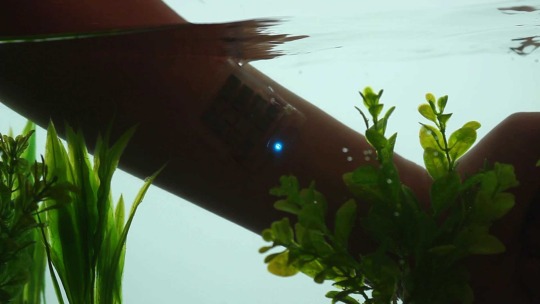
Above: This is a skin-mounted LED and thin battery system, during operation when immersed in water and laminated onto the forearm. This technology is thin, soft and ‘skin-like’ in its properties, thereby establishing the foundations for a new class of wearable device, for healthcare and non-healthcare related applications alike.
John Rogers’ Lab: http://rogers.matse.illinois.edu/ PNAS Paper: http://www.pnas.org/content/113/22/6131.full

Above: You’re looking at a soft, thin and stretchy battery system wrapped onto a fingertip. The device consists of an array of chip-scale lithium ion rechargeable cells, interconnected using serpentine, spring-like metal traces, all embedded into a thin, soft elastomer material.
142 notes
·
View notes
Photo
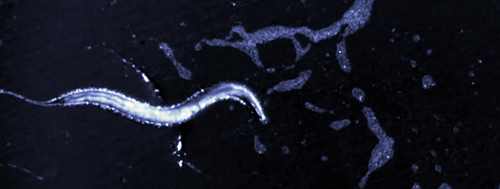
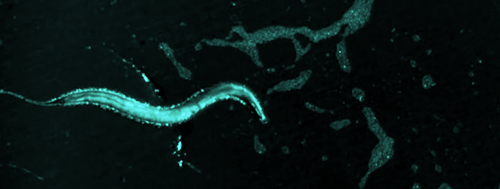
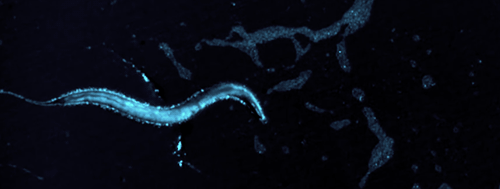
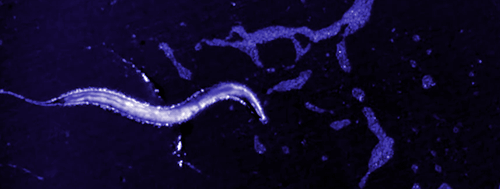
Scientists control brain cells with ultrasound
It may sound like science fiction, but researchers at the Salk Institute and UC San Diego may have found a way to control the billions of neurons in our brain using ultrasound.
Through this approach called sonogenetics, they were able to activate specific brain cells in roundworms and influence their movements.
The ability to manipulate neurons can give us more insight on brain circuits that may be associated with certain neurological disorders, such as Parkinson’s disease and multiple sclerosis, according to Sreekanth Chalasani, senior author of the study.
Since ultrasonic waves can penetrate into deeper regions of the brain without disturbing other tissues and doesn’t require surgical implants, the procedure could help develop new and less invasive treatments for diseases.
And there’s also the potential that sonogenetics may be used to control other types of cells in the body, says Chalasani.
Thus far the technique has only been tested on animals, so researchers first need to develop safe ways to deliver ultrasound-sensitive channels to target cells in order for the technique to be used in humans.
Read more about the experiment.
2K notes
·
View notes
Photo

Very angry #Togepi doing a metronome fire punch on her assailant. @daiquihe
0 notes
Photo

#GreatHornedOwl I've been working on. Think I'm going to start drawing again
0 notes
Photo
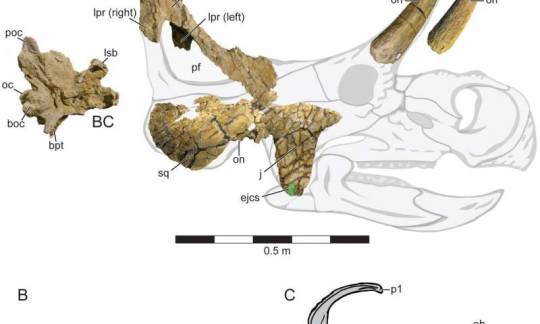

Paleontologists discover new species of horned dinosaur in southern Utah
via: Ohio University
An international team of scientists, including a graduate student lead author from Ohio University, have identified a new species of centrosaurine, a member of the large-bodied ceratopsians (horned dinosaurs) that diversified in North America and Asia during the final stages of the age of dinosaurs.
The new species, named Machairoceratops cronusi (UMNH VP 20550), was discovered by scientists conducting paleontological and geological surveys in Grand Staircase-Escalante National Monument, southern Utah.
With the help of professional excavators and volunteers from Ohio University and the Natural History Museum of Utah (NHMU), the team unearthed the characteristic horn-cores and other skull elements over the course of three field seasons…
(read more: PhysOrg)
110 notes
·
View notes
Link
These may be the next robots on Mars.
6 feet tall, 300 pounds, 28 joints, 200 sensors, $2 million each.
NASA has loaned three of their four humanoid Valkyrie robots to universities to help make them more autonomous for use in exploring the red planet.
33 notes
·
View notes
Text
Do yourself a favor. Learn to code. Here's how.
I’ve said this to my non-techie friends countless times. It’s no secret that being able to code makes you a better job applicant, and a better entrepreneur. Hell, one techie taught a homeless man to code and now that man is making his first mobile application.
Learning to code elevates your professional life, and makes you more knowledgeable about the massive changes taking place in the technology sector that are poised to have an immense influence on human life.
(note: yes I realize that 3/5 of those links were Google projects)
But most folks are intimidated by coding. And it does seem intimidating at first. But peel away the obscurity and the difficulty, and you start to learn that coding, at least at its basic level, is a very manageable, learnable skill.
There are a lot of resources out there to teach you. I’ve found a couple to be particularly successful. Here’s my list of resources for learning to code, sorted by difficulty:
Novice
Never written a line of code before? No worries. Just visit one of these fine resources and follow their high-level tutorials. You won’t get into the nitty-gritty, but don’t worry about it for now:
Dash - by General Assembly
CodeAcademy
w3 Tutorials (start at HTML on the left sidebar and work your way down)
Intermediate
Now that you’ve gone through a handful of basic tutorials, it’s time to learn the fundamentals of actual, real-life coding problems. I’ve found these resources to be solid:
Khan Academy
CodeAcademy - Ruby, Python, PHP
Difficult
If you’re here, you’re capable of building things. You know the primitives. You know the logic control statements. You’re ready to start making real stuff take shape. Here are some different types of resources to turn you from someone who knows how to code, into a full-fledged programmer.
Programming problems
Sometimes, the challenges in programming aren’t how to make a language do a task, but just how to do the task in general. Like how to find an item in a very large, sorted list, without checking each element. Here are some resources for those types of problems
Talentbuddy
TopCoder
Web Applications
If you learned Python, Django is an amazing platform for creating quick-and-easy web applications. I’d highly suggest the tutorial - it’s one of the best I’ve ever used, and you have a web app up and running in less than an hour.
Django Tutorial
I’ve never used Rails, but it’s a very popular and powerful framework for creating web applications using Ruby. I’d suggest going through their guide to start getting down-and-dirty with Rails development.
Rails Guide
If you know PHP, there’s an ocean of good stuff out there for you to learn how to make a full-fledged web application. Frameworks do a lot of work for you, and provide quick and easy guides to get up and running. I’d suggest the following:
Cake PHP Book
Symfony 2 - Get Started
Yii PHP - The Comprehensive Guide
Conclusion
If there’s one point I wanted to get across, it’s that it is easier than ever to learn to code. There are resources on every corner of the internet for potential programmers, and the benefits of learning even just the basics are monumental.
If you know of any additional, great resources that aren’t listed here, please feel free to tweet them to me @boomeyer.
Best of luck!
435K notes
·
View notes
Photo
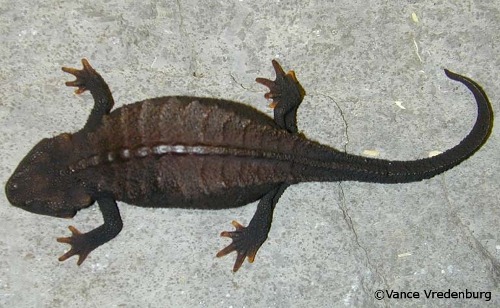

The Chinhai spiny newt has a rather remarkable form of defense. The ribs of these animals have sharp, long points, almost like needles. When threatened, these bones will poke through the salamander’s skin, jabbing the mouths or hands of predators. In addition, the points pass through large poison glands in the skin, injecting painful toxins into the unlucky hunter. Beat that, Wolverine!
250 notes
·
View notes
Text
Icebreaker
If you can spend all sunday in church, you can make some time for your kids or parents.
0 notes
Link
You can’t survive without mitochondria, the organelles that power most human cells. Nor, researchers thought, can any other eukaryotes—the group of organisms we belong to along with other animals, plants, fungi, and various microscopic creatures. But a new study has identified the first eukaryote that has ditched its mitochondria, suggesting that our branch on the tree of life may be more versatile than researchers thought.
“This is a discovery of fundamental importance,” says evolutionary biologist Eugene Koonin of the National Center for Biotechnology Information in Bethesda, Maryland, who wasn’t connected to the study. “We now know that eukaryotes can live happily without any remnant of the mitochondria…”
258 notes
·
View notes














